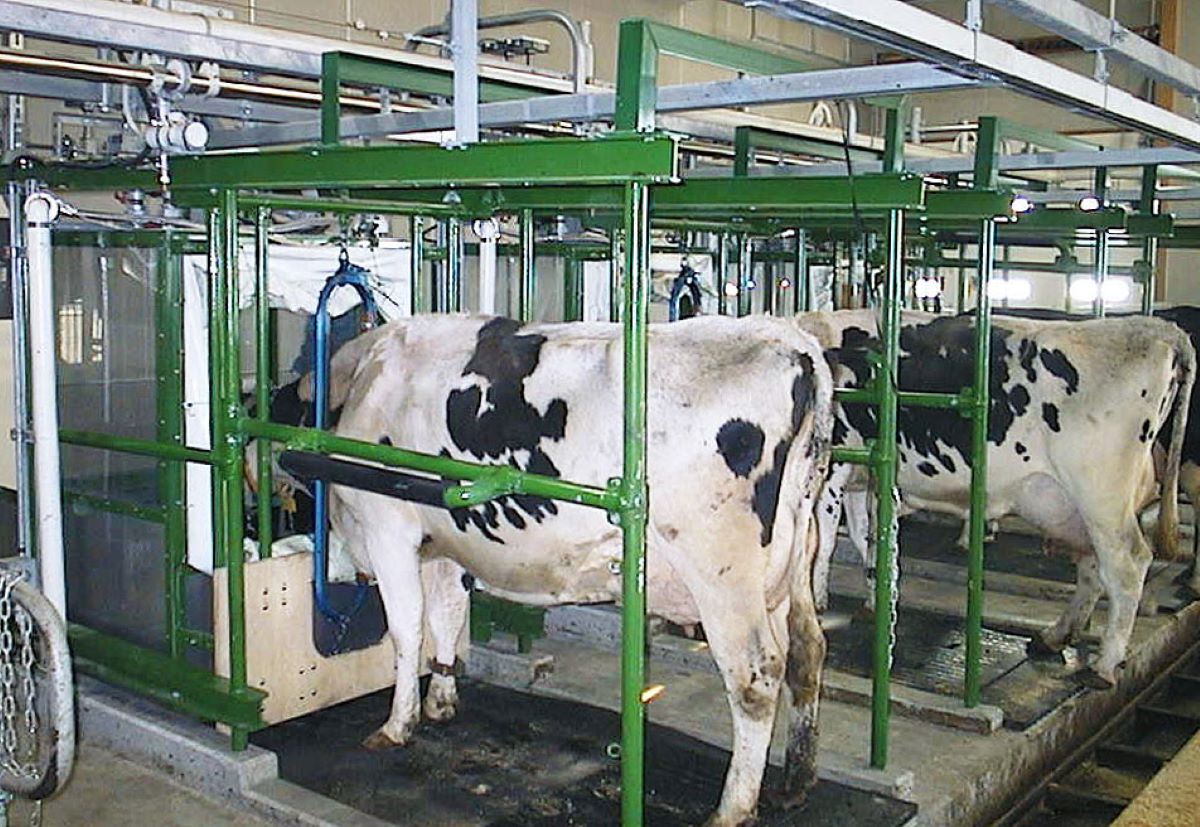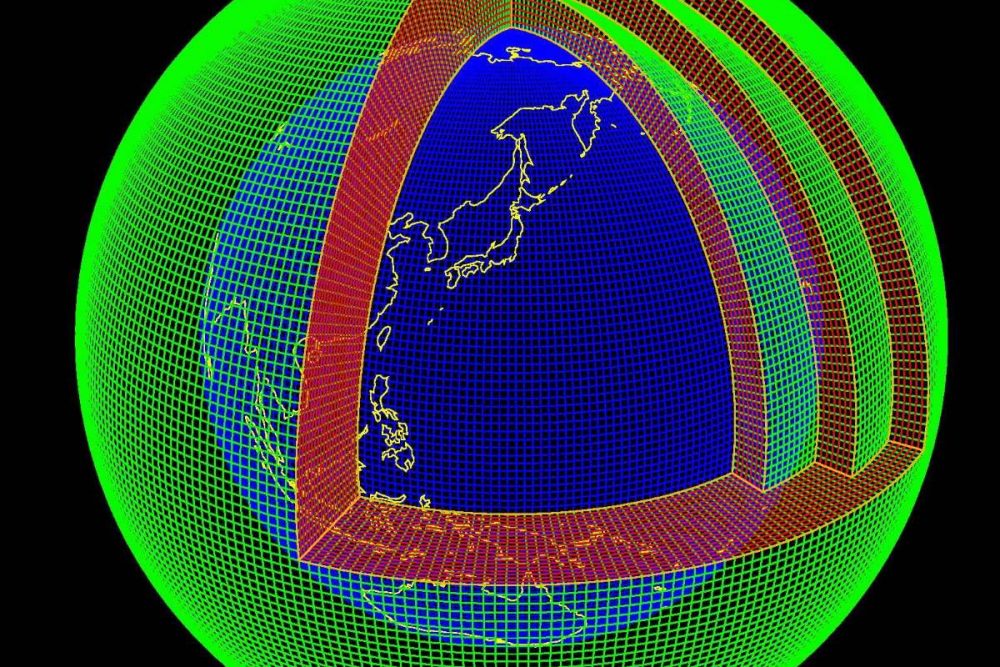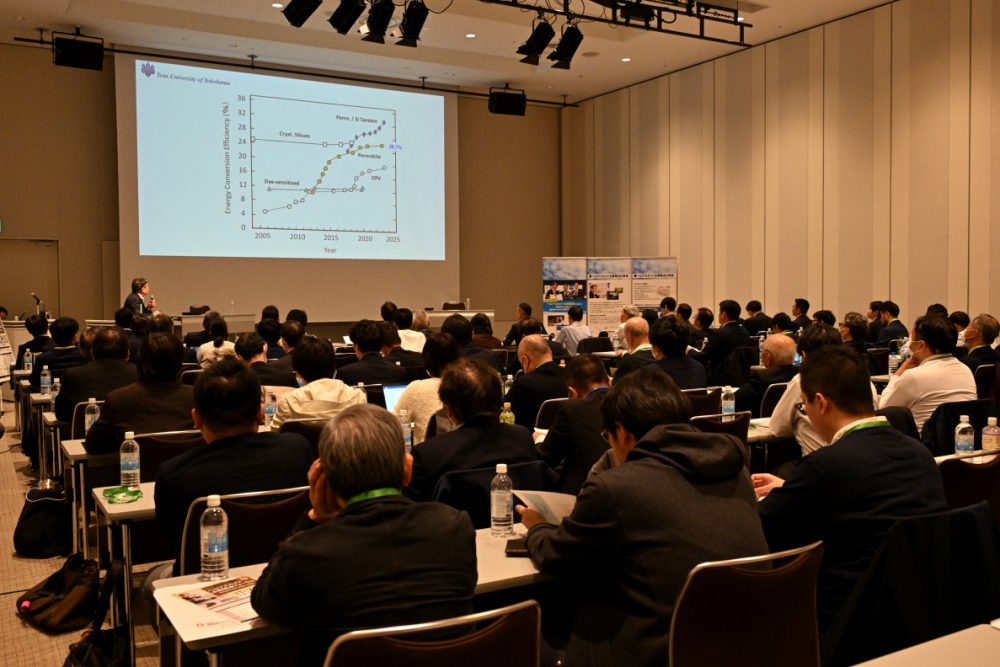Could a New Type of Feed Reduce Methane in Cow Burps?
A research team is looking for new feed options to reduce methane in cow burps, aiming to curb greenhouse gas emissions in the fight against global warming.

このページを 日本語 で読む
A research group led by Professor Yasuo Kobayashi of the Graduate School of Agriculture at Hokkaido University is looking into ways to reduce methane in cow burps. Methane, a greenhouse gas, is released by microorganisms in the stomach as they break down grass and other feed. The gas is considered to be a signficant factor in global warming.
If a type of feed that suppresses methane production could be discovered, sensors in the stomach and artificial intelligence (AI) could be used to effectively monitor feeding. The research team aims to reduce emissions by 80% by 2050.
Methane from Cow Burps
Cows have four stomachs that digest the fiber in grass to derive nutrients. They are helped by about 7,000 different microorganisms.
Methane is produced in the first stomach, which is the largest. First, hydrogen is produced as microorganisms breakdown and ferment the feed. Then, other microorganisms convert the hydrogen into methane.
Previous research has shown that when oil extracted from cashew shells is mixed with feed, hydrogen is converted into a substance known as propionic acid that becomes a source of nutrition for cattle. This hydrogen does not convert to methane, resulting in about a 20% reduction in methane emissions.
The research group is now testing other ingredients, such as seaweed and vegetable oil, to find an even more effective feed for reducing methane.
このページを 日本語 で読む











